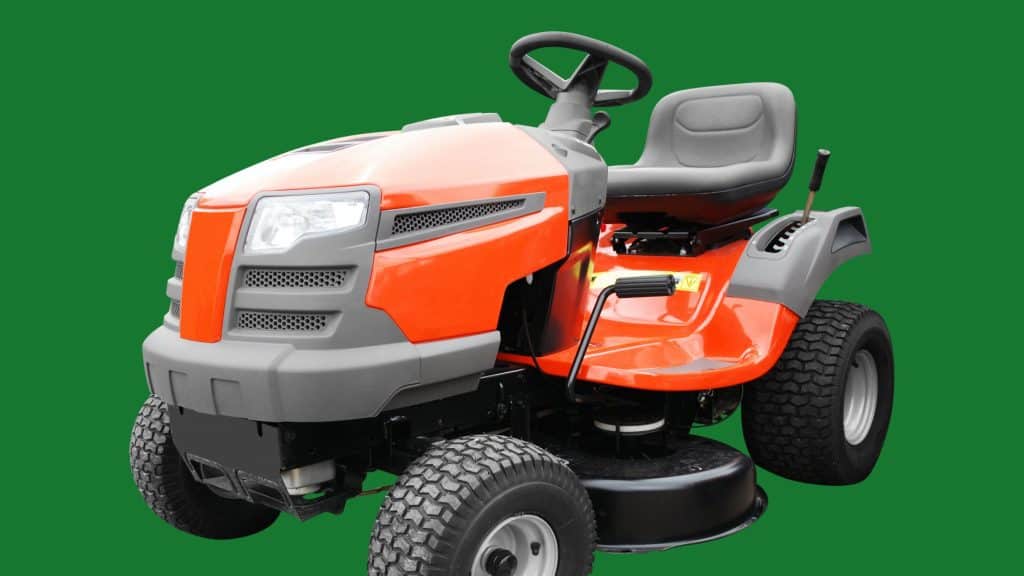As winter approaches, the time comes to bid farewell to the familiar hum of your lawnmower. Properly storing your lawnmower during the winter months is crucial to ensure it remains in top condition for the next grass-cutting season. In this blog, we’ll explore a comprehensive guide on how to store a lawnmower safely and protect your trusty landscaping companion from the winter chill.
Clean Your Lawn Mower Thoroughly:
- Before storing your lawnmower, give it a good cleaning to remove any accumulated grass clippings, dirt, or debris. A clean mower is less likely to develop rust during the winter months. Be sure to also clean the underside of the deck and remove any caked-on grass.
Empty the Fuel Tank:
- Stale fuel can lead to starting problems and damage to your lawnmower’s engine. Before storing it for the winter, either run the mower until it runs out of gas or use a fuel stabilizer to prevent the fuel from degrading. This step helps protect the carburetor and ensures a smoother start in the spring.
Change the Oil:
- Consider changing the oil in your lawnmower before putting it into winter storage. Fresh oil provides better protection against corrosion and helps maintain engine performance. Refer to your mower’s manual for specific oil change instructions.
Remove the Battery or Use a Battery Maintainer:
- If your lawnmower has a battery, remove it for the winter to prevent it from losing its charge. Store the battery in a cool, dry place. Alternatively, you can use a battery maintainer or tender to keep the battery charged during the winter months.
Inspect and Replace Air Filters:
- Check the air filter and replace it if necessary. A clean air filter is essential for optimal engine performance. If your lawnmower has a paper air filter, consider replacing it; if it has a foam filter, clean it thoroughly.
Inspect the Spark Plug:
- Examine the spark plug for signs of wear or damage. If needed, replace the spark plug with a new one. A fresh spark plug contributes to better fuel combustion and a smoother engine start.
Lubricate Moving Parts:
- Lubricate the moving parts of your lawnmower, such as the wheels and blade spindle, with an appropriate lubricant. This helps prevent rust and ensures that these components function smoothly when you bring your mower out of storage.
Store in a Dry, Sheltered Location:
- Find a dry, sheltered location to store your lawnmower for the winter. If possible, keep it indoors or cover it with a waterproof tarp to protect it from the elements. Exposure to moisture can lead to rust and corrosion.
Elevate the Mower:
- Elevate your lawnmower to ensure that the tires are off the ground. This helps prevent flat spots from developing on the tires during the winter months. Placing a piece of wood under each tire is a simple and effective way to achieve this.
Keep the Manual Handy:
- Finally, keep your lawnmower’s manual in a safe place, so you can refer to it when you’re ready to bring your mower out of storage. The manual provides valuable information on maintenance, troubleshooting, and proper usage.
By taking the time to properly store your lawnmower for the winter, you’re investing in the longevity and performance of your landscaping equipment. Following these steps ensures that your lawnmower will be ready to tackle the greenery with gusto when spring arrives. Happy storing!



